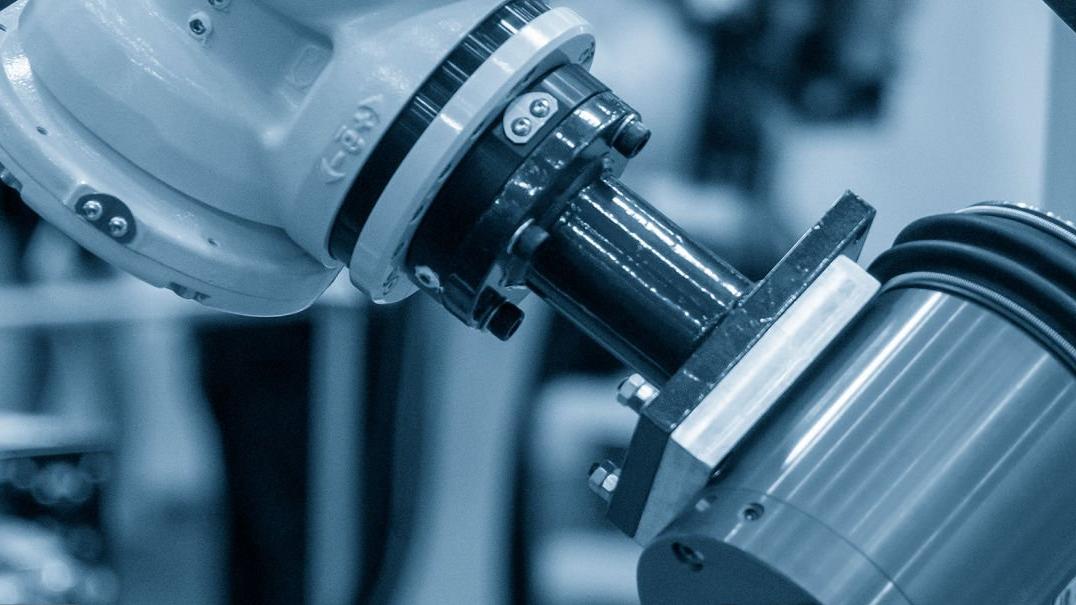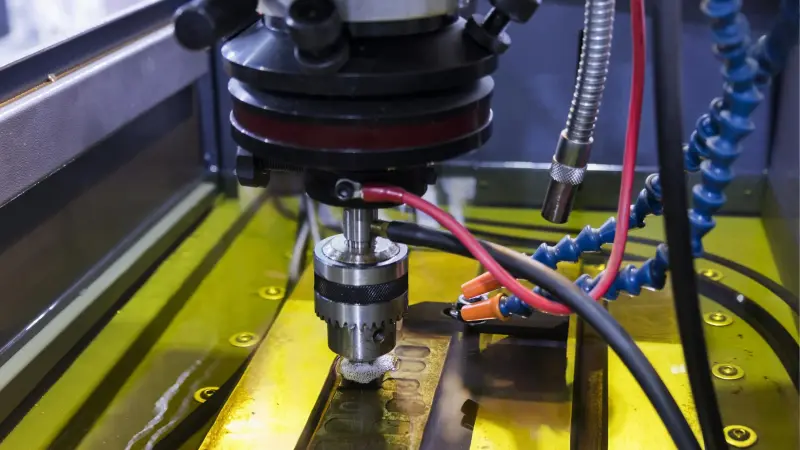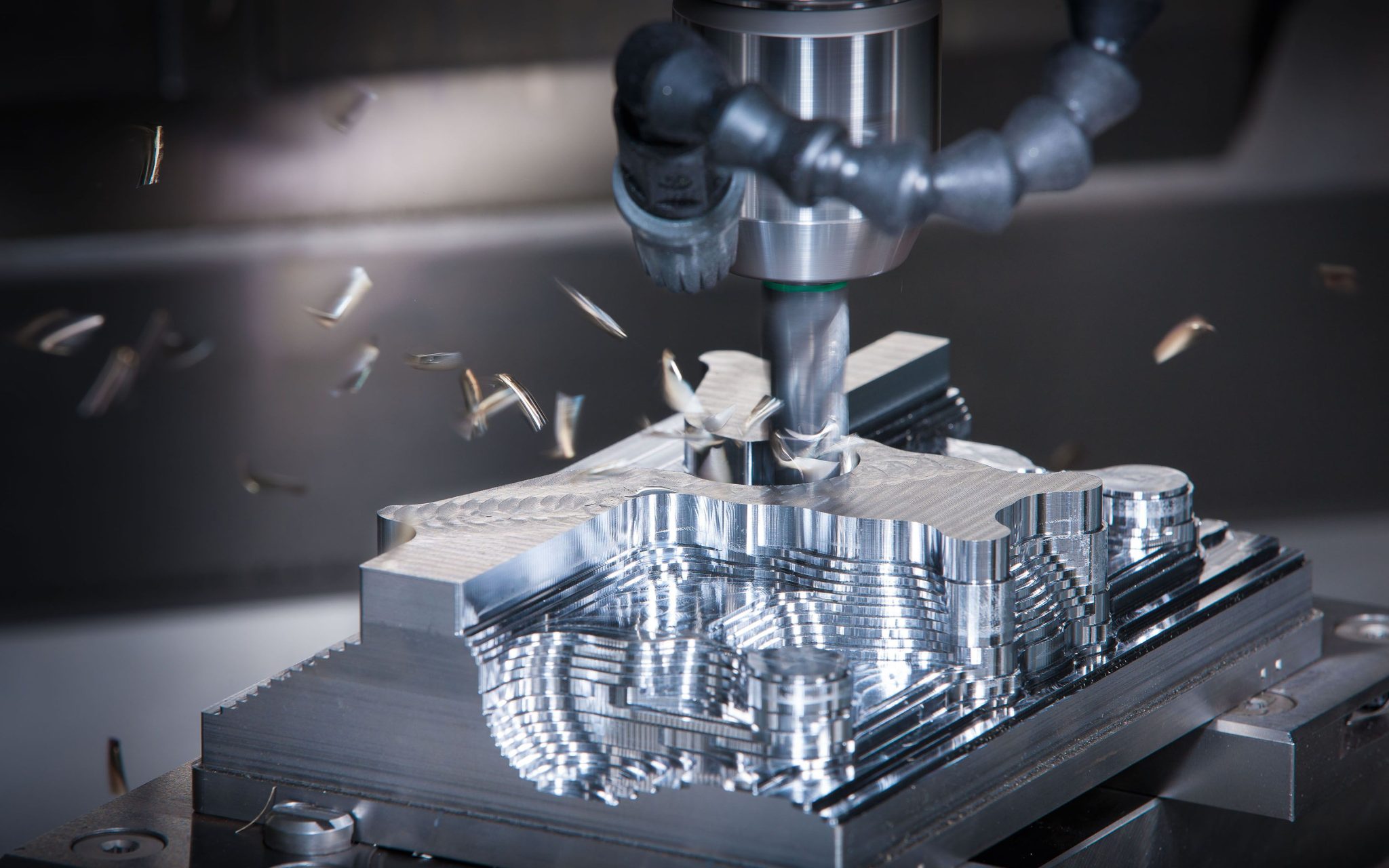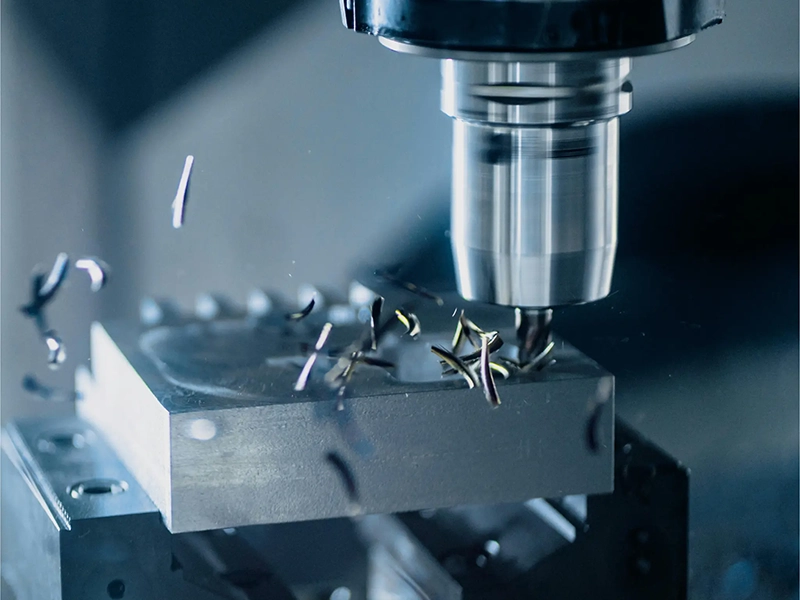CNC turning(Computer Numerical Control )is a key technology in modern manufacturing. Widely used in automotive, aerospace, medical, electronics, energy and other industries. This technology mainly helps to create high-precision and complex-shaped parts.
This paper will introduce the basics of CNC turning. It will cover the types and challenges involved. We will also look at future trends to help manufacturing professionals face these challenges.
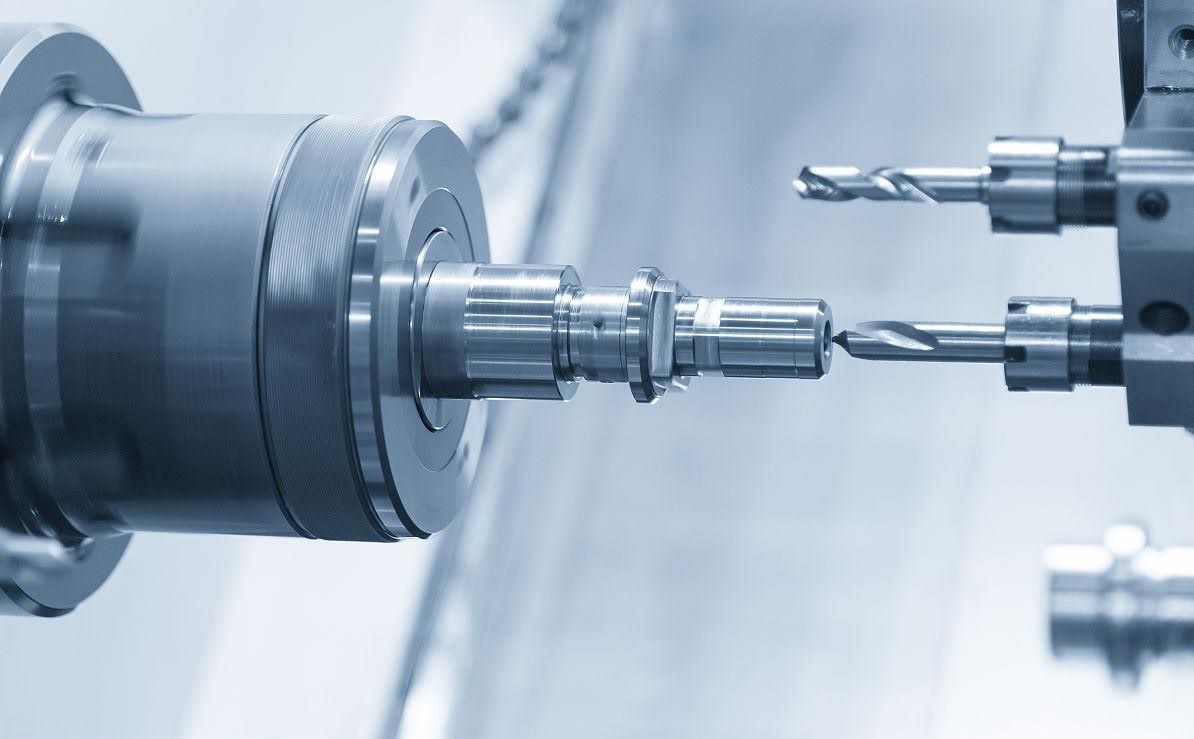
Basic Concepts of CNC Turning
1 CNC Turning Introduction
CNC Turning (Computer Numerical Control Turning) , is a technology that uses a computer to control lathes for precision machining. CNC turning is an essential technology in modern manufacturing. People use it to make various complex shapes and high-precision parts.
2 Working Principle of CNC Turning
CNC turning controls the cutting action of a lathe. It does this by using a computer program. This program includes instructions for the tool’s feed and speed.
You can create programmed instructions using CAD/CAM software. The lathe fixes and rotates the workpiece. The tool cuts while the CNC system controls it.
3 Types of CNC turning
Here is a table of CNC turning types and their key features. This will help you understand the basic traits of each turning type.
| Turning Type | Primary Purpose | Machining Surface | Common Applications | Tool Type |
| Outer Diameter Turning | Machining the external cylindrical surface | Outer diameter (OD) | Shafts, housings, and external cylindrical parts | External turning tools |
| Inner Diameter Turning | Machining the internal cylindrical surface | Inner diameter (ID), internal threads | Pipes, bearings, internal holes | Internal turning tools, boring tools |
| Face Turning | Machining the flat surface at the ends of the workpiece | End face | Flat surfaces, end-face deburring | Face turning tools |
| Thread Turning | Cutting internal or external threads | External threads, internal threads | Fasteners (screws, nuts, bolts) | Threading tools, taps |
| Form Turning | Machining complex shapes like grooves, splines, or gears | Special contours (V-shaped grooves, gears) | Gears, splines, special contours | Form tools, profile tools |
| Boring (Taper Turning) | Machining conical or angled surfaces | Tapered or angled surfaces | Tapered parts, connecting components | Tapered turning tools, chamfer tools |
| Eccentric Turning | Machining parts with an off-center axis of rotation | Eccentric surfaces | Eccentric shafts, camshafts, and pulleys | Eccentric turning tools |
| Parting Turning | Cutting off a portion of the workpiece | Cut-off surface | Dividing long stock into shorter sections | Parting tools |
| Multiaxis Turning | Complex machining with multiple axis movement | Multi-surface machining | Complex parts with multiple features | Multiaxis tools, composite tools |
| Hybrid Turning (Turn-Mill) | Combined turning and milling operations in one setup | Turning and milling surfaces | Complex parts requiring both turning and milling operations | Hybrid turn-mill tools |
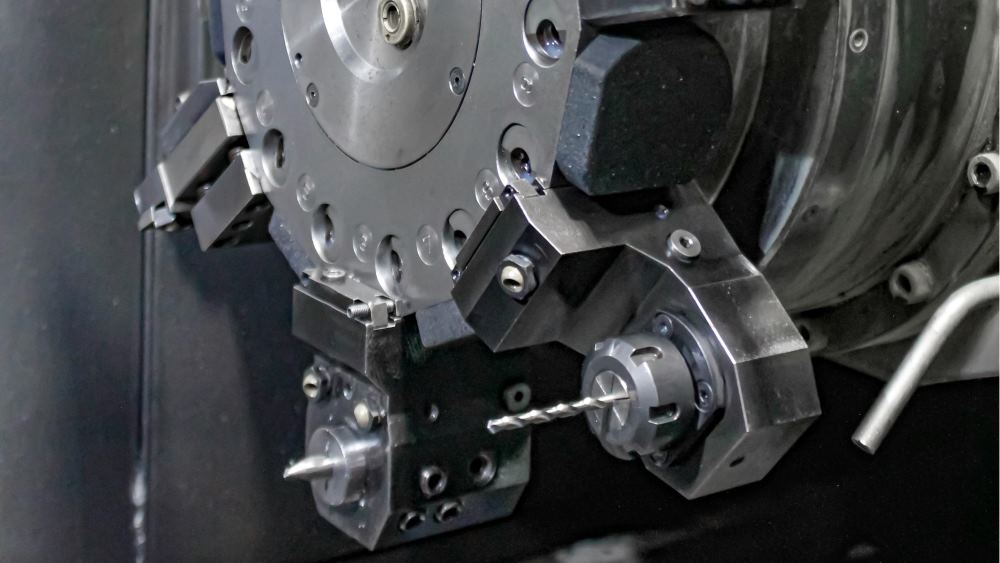
CNC Turning Process
The CNC turning process consists of several key steps:
- Workpiece Installation:Secure the workpiece on the lathe spindle. This will keep the workpiece stable during machining.
- Tool selection and installation:Choose the right tool based on the machining needs and attach it to the tool holder.
- Setting machining parameters:Set the cutting speed, feed rate, and depth of cut in the turning process. This will help ensure good machining results.
- Programming and control: Use the CNC system to enter the machining program. This controls the tool path and machining sequence.
- Cutting process:The CNC lathe runs automatically according to the programming, the tool contacts the workpiece for cutting, removes the excess material, and gradually forms the desired part shape.
- Inspection and adjustment:During machining, the system checks tool wear and cutting force in real time. It makes adjustments as needed to ensure accuracy.
- Finish machining:When the workpiece reaches the right size and shape, the machinist completes the machining. The team then takes the workpiece out for quality inspection.
The machining process of CNC turning is usually highly automated. The operator only needs to clamp the workpiece, input the program, and do the final inspection. By reasonably setting machining parameters and selecting suitable tools and coolant, you can ensure machining accuracy and efficiency. In high-precision and high-complexity machining, CNC turning shows its great advantages.
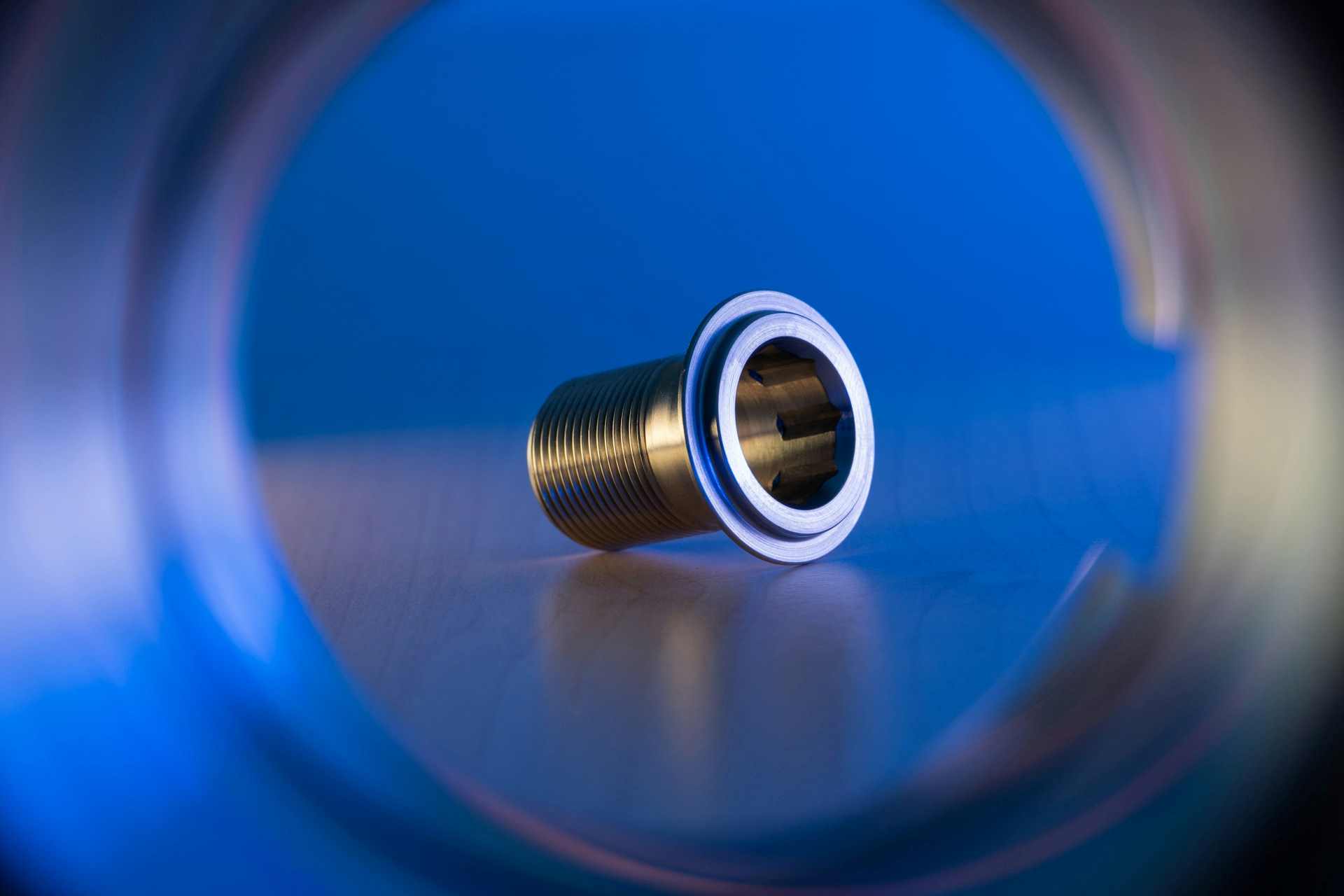
Technical Challenges of CNC Turning
Many industries widely use CNC turning technology, and it has performed well. However, it still faces several technical challenges in real-world applications. The main ones include:
- Machining accuracy control:High-precision machining needs strict control of dimensions. This is important for complex shapes and small tolerances. Even a small error can affect product quality.
- Tool wear and life:In machining, tool wear increases cutting force. It also lowers surface quality and precision. This affects the overall machining results.
- Cutting force and vibration: Unstable cutting force or lathe vibration can cause unstable processing. This affects the surface roughness of the workpiece and may even damage the tool.
- Thermal deformation: High temperatures cause thermal expansion. This can affect the accuracy of both the workpiece and the tool. This effect is especially noticeable in high-volume machining.
- Machining complex shapes: Machining complex shapes and holes needs careful tool paths and cutting settings to prevent shape mistakes.
- Material diversity: different materials have different requirements for cutting force and tool life, which increases the technical difficulty.
- Cooling and lubrication problems:Using coolant well can make tools last longer. However, too much or too little coolant can hurt machining results or create oil mist issues.

CNC turning technology future development
Future developments in CNC turning technology will focus on increasing precision, efficiency, automation and integration with other advanced manufacturing technologies. Here are a few key trends:
1. Intelligence and automation
- Intelligent tool monitoring system:This system monitors tool wear, cutting force, and other factors in real-time. It provides early warnings and helps optimize the machining process. This reduces the need for manual checks, extends tool life, and boosts productivity.
- Machine Learning and Artificial Intelligence:By using big data and AI, it automatically changes machining settings. This helps achieve more accurate machining, improves quality, and reduces failures.
2. High-performance materials and tools
- New tool materials: Use new materials like cemented carbide, ceramics, and coated tools. These materials improve wear resistance and thermal stability. This leads to better machining accuracy and a longer service life.
- Multi-functional tools:Create more integrated tools that can do many tasks. This will reduce tool changes and boost productivity.
3. 5-axis linkage and composite machining technology
- 5-axis linkage technologycan cut in many directions at once. This improves the accuracy and efficiency of complex parts. It also reduces the need for repositioning the workpiece. This technology is great for aerospace, mold making, and other high-precision areas.
- CombiningAdditive Manufacturing and CNC Turning: This technology uses 3D printing and CNC turning together. It can reduce material waste, shorten production times, and improve the precision and complexity of parts.
4. Green manufacturing and energy saving
- Energy-saving technologies: Future CNC turning technologies will focus on using less energy. We will improve motors, drive systems, and cutting fluids to achieve this.
- Environmentally friendly materials and processes:Using eco-friendly materials and cleaner machining processes will lessen environmental impact and improve sustainability.
5. Digitization and Industry 4.0
- Digital Workshop:Connect tools, equipment, and workpieces to a cloud platform using Internet of Things (IoT) technology. This allows for real-time tracking, monitoring, and data analysis, which improves production transparency and flexibility.
- Virtual Simulation and Smart Scheduling: This involves planning and scheduling to make things better. We use virtual simulation technology to cut down on trial and error time. This helps to boost overall production efficiency.

Conclusion
The future of CNC turning technology will be smarter and more efficient. This technology will meet the needs for higher precision and complex machining.
At the same time, technological innovation will also make the production process more automated, enhancing productivity and competitiveness. Through continuous innovation and technological advancement, CNC turning will continue to drive the development of various industries.
If you have questions about CNC turning technology or need precision parts, FastPreci is here to help. We dedicate ourselves to providing our customers with high-quality CNC machining solutions. Feel free to contact us to discuss your project needs and let us help you achieve your goals of more efficient and accurate production.


